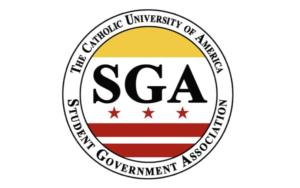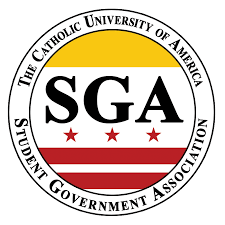$1200 Stimulus Check – Who Gets It, Why, and When

Courtesy of Possible Finance
By Chris Carey
The Fed has $1,200 with your name on it! It almost sounds like an iPhone scam, or an automated call intended to dupe seniors, however, with the $3 trillion stimulus package passed by Congress in recent weeks, many Americans will see a $1,200 deposit in their accounts before the end of April.
The hope of this targeted stimulus is partly to provide an outlet for the increased quantity of money being printed by the Federal Government. In an attempt to continue stimulating economic growth during the coronavirus pandemic, The Fed, or the central bank of the United States, has dropped interest rates and printed more money. This creates an effect where production hypothetically increases at a lower interest rate with higher inflation.
The second goal of this round of $1,200 checks is to encourage individuals to continue spending, as well as to help individuals who may have lost their jobs as a result of this virus. The goal is to help such individuals to be able to pay the bills, buy the groceries, and continue living until they can get back on their feet.
Unfortunately, it is expected that not every check will be sent out immediately, and that even the individuals who receive these checks by direct deposit will only begin to receive them in the next couple of weeks. Physical, mailed checks are expected to begin arrival in May, nearly two months after this outbreak halted most commerce in the United States.
All in all, although the arrival might not be overnight, millions of Americans will be receiving a small bonus from the Federal Government in the coming months.
Sound too good to be true? Well, for many Americans, particularly college aged dependents and the upper middle class, it is. These individuals will receive any amount less than $1,200, even down to $0.
These payouts are determined based on the tax status of individuals in prior years. To break it down, individuals who file as single and make up to $75,000 a year will receive the full $1,200, no questions asked. After $75,000, the amount is decreased periodically, and the payment stops at $99,000.
For couples, they will receive $2,400, if they make up to $150,000, jointly. Beyond that, the amount of the stimulus check decreases periodically and completely phases out after $198,000.
For families, every additional child under 17 will result in the tax filer (not the child) receiving an additional $500.
According to Possible Finance, this means that 93% of Americans will receive some amount of money from this stimulus package, referred to as “2020 Recovery Rebates.”
Unfortunately, for college students who are still dependents of their parents, not only will the parents not receive an additional $500, but the student will also not be eligible for any money. The only exception would be a student who files his or her own tax returns as a single individual, and who is not claimed as a dependent by his or her parents.
This payout will hopefully work wonders on maintaining a strong US economy. However, college students will not be the direct beneficiaries.








